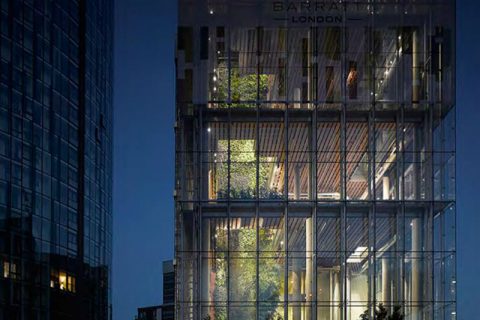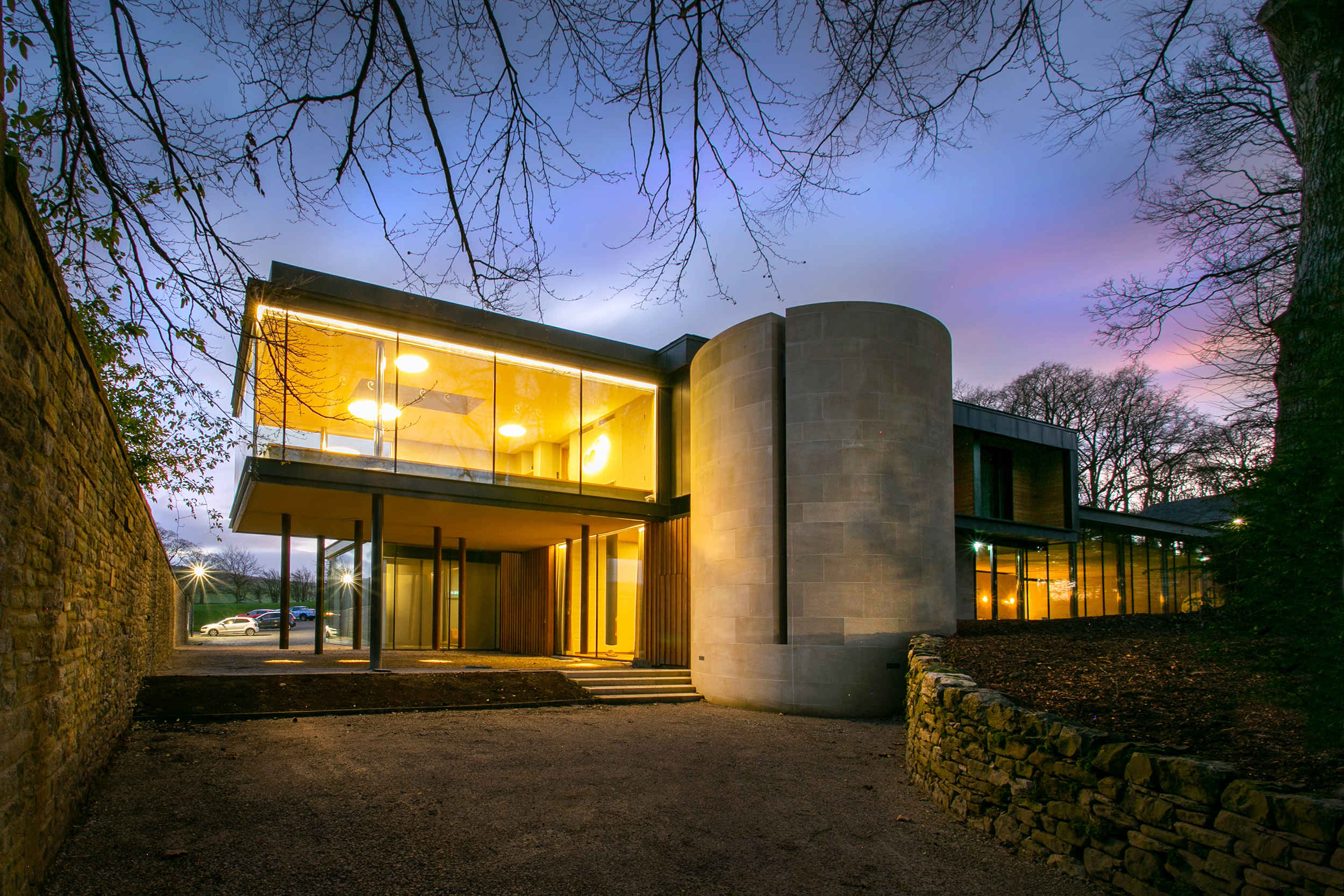Technology is always moving forward and never more rapidly than today. A new way of thinking is emerging in construction and architecture to embrace the latest technology. The result is a structure that is not just bricks and mortar but more a machine, designed to function in a way that supports those who use it (and those who own it) in a seamless and efficient way. We all use smartphones, we starting to see smart roads and smart homes. Now make way for the smart building.
So what is a smart building?
For years now, buildings have incorporated a digital infrastructure, particularly in the commercial sector. The difference between this kind of building and the new generation of smart building is that the digital installation is able to monitor, feedback and analyse operational data for the benefit of the stakeholders. That data can then be used to run the building more efficiently, benefitting the occupants, the owners and also, the environment.

Some examples of what a smart building can do
A smart building uses sensors, actuators and microchips to control the building’s operations such as ventilation, air conditioning, window coverings, security, heating and lighting and even audio and AV systems. With the dawn of the ‘Internet of Things’, the technology that enables devices to be connected to the internet, the smart building will also be able to control any device that is enabled, such as kitchen appliances. The data is collected, processed using sophisticated software, then used to control these systems in a way that supports the objectives of the occupants and owners in the most efficient and cost-effective way. It’s a win-win when you consider the high costs of running a large commercial building and the damage an inefficient commercial building inflicts on the environment.
What’s the difference between a smart building and a smart home?
Generally, a smart building will be a commercial building, such as an office block or a healthcare facility, as these are buildings that have large operational costs, making it worthwhile investing in this technology from the outset. A smart building is designed with the objective of cutting these operational costs. A smart home is one that uses automated and smart features such as automated window coverings that close and open at set times, lighting control, smart security and voice-activated entertainment. They will often be programmed to activate at certain times of the day or based on other factors such as the proximity of the occupiers. All of this is generally set up for convenience and comfort, with the cost being a factor possibly but not the main objective.
Of course, the two have overlapping features and going into the future, with environmental factors inevitably becoming more of a priority, smart buildings may become a requirement in the residential sector as well.
If you would like to talk about converting your building into a smart building, or a smart home, please contact Christian on christian@clearlyautomated.co.uk


